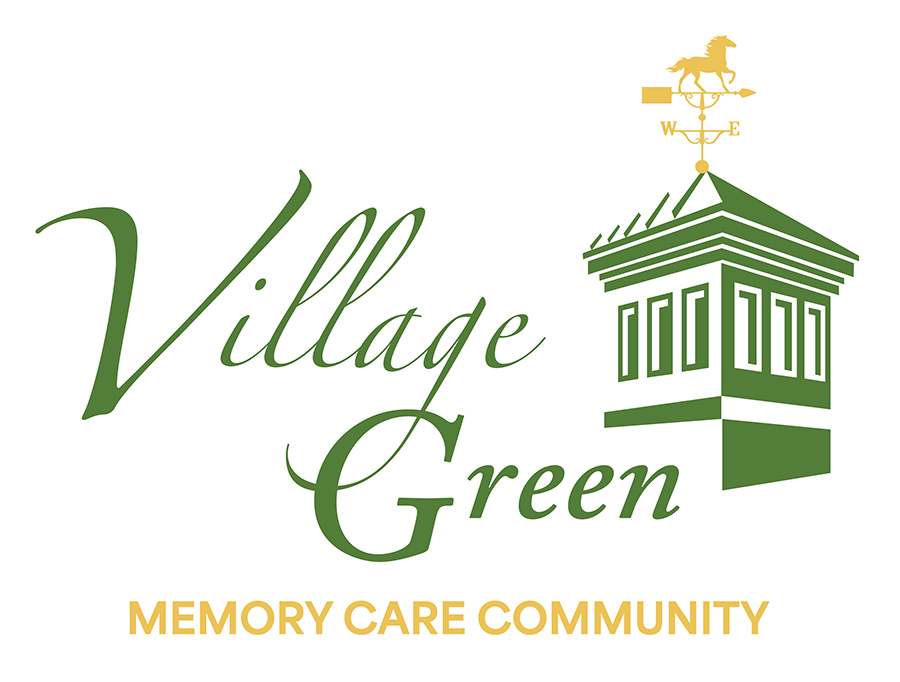Alzheimer's disease is a progressive neurological disorder that affects memory, cognitive function, and behavior. As the number of individuals diagnosed with Alzheimer's continues to rise, the importance of creating supportive and safe environments for those affected by the disease becomes increasingly evident. Architecture and design play a crucial role in Alzheimer's care homes, as they significantly impact the well-being, comfort, and overall quality of life of residents. In this blog, we will explore the profound impact of thoughtful architecture and design on Alzheimer's care homes, focusing on key elements that enhance the living experience for both residents and their families.
1. Navigational Ease and Safety:
Alzheimer's care homes are designed with careful consideration of residents' cognitive impairments. Clear and intuitive layouts, including wide hallways, color-coded corridors, and simple wayfinding signage, help residents navigate their surroundings with ease. Minimizing visual distractions and providing consistent cues throughout the facility can reduce disorientation and the risk of accidents, ultimately ensuring a safe and secure living environment.
2. Creating Homelike Spaces:
A significant aspect of Alzheimer's care home design is the creation of homelike and familiar spaces. Residential-style architecture, cozy lounges, and comfortable seating areas promote a sense of familiarity and ease. The use of warm, calming colors, soft furnishings, and personalized decor helps residents feel more at home, reducing anxiety and promoting a calming atmosphere.
3. Incorporating Sensory Gardens:
Outdoor spaces designed specifically for sensory experiences can be immensely beneficial for Alzheimer's residents. Sensory gardens with fragrant plants, textured surfaces, and calming sounds provide opportunities for relaxation, stimulation, and engagement with nature. These gardens can be therapeutic spaces for residents to reconnect with their senses and evoke pleasant memories.
4. Access to Natural Light:
Natural light has a significant impact on mood and well-being. Alzheimer's care homes are designed to maximize access to natural light, which can improve sleep patterns, reduce depression, and enhance residents' overall sense of well-being. Large windows, skylights, and open spaces facilitate a connection with the outdoors, uplifting spirits and promoting a positive living environment.
5. Safe Outdoor Spaces:
Outdoor areas that are secure and monitored allow residents to enjoy fresh air and outdoor activities safely. Enclosed gardens and courtyard spaces provide opportunities for residents to engage in light exercise, socialize, or simply enjoy a change of scenery. Access to nature and outdoor spaces has been shown to improve mood and decrease agitation in Alzheimer's patients.
6. Flexibility and Adaptability:
Alzheimer's is a progressive disease, and care needs may change over time. Alzheimer's care homes are designed to be flexible and adaptable to meet residents' evolving needs. This may include adjustable furniture, modular layouts, and the incorporation of assistive technologies that can be modified as required, ensuring that residents can age in place comfortably.
7.Supportive Common Areas:
Common areas in Alzheimer's care homes are designed to promote socialization and engagement. Communal living rooms, activity rooms, and dining areas encourage residents to interact, fostering a sense of community and reducing feelings of isolation. These spaces often facilitate group activities, cognitive stimulation, and social bonding, all of which are vital for residents' emotional well-being.
The impact of architecture and design in Alzheimer's care homes cannot be overstated. Thoughtfully designed environments can greatly improve the lives of residents by providing safety, comfort, and stimulation. Creating spaces that prioritize navigational ease, homelike settings, access to natural light, and supportive communal areas contributes to the overall well-being and quality of life of individuals living with Alzheimer's. As the understanding of Alzheimer's care evolves, so does the approach to architecture and design, leading to even more innovative and compassionate spaces that enhance the lives of those affected by this challenging disease.

